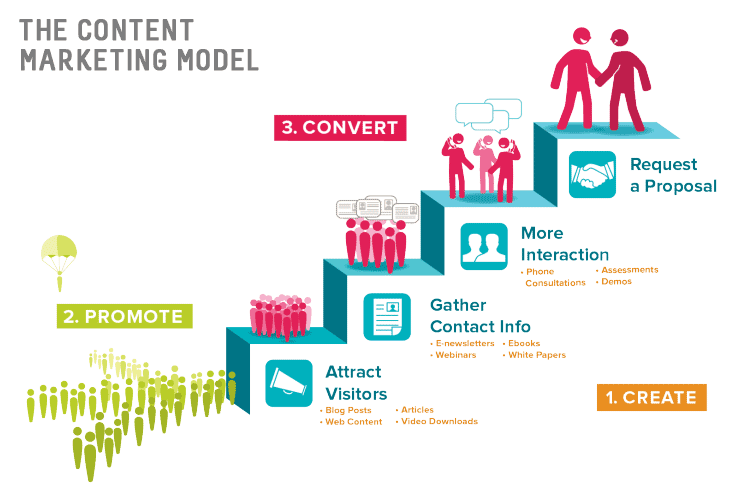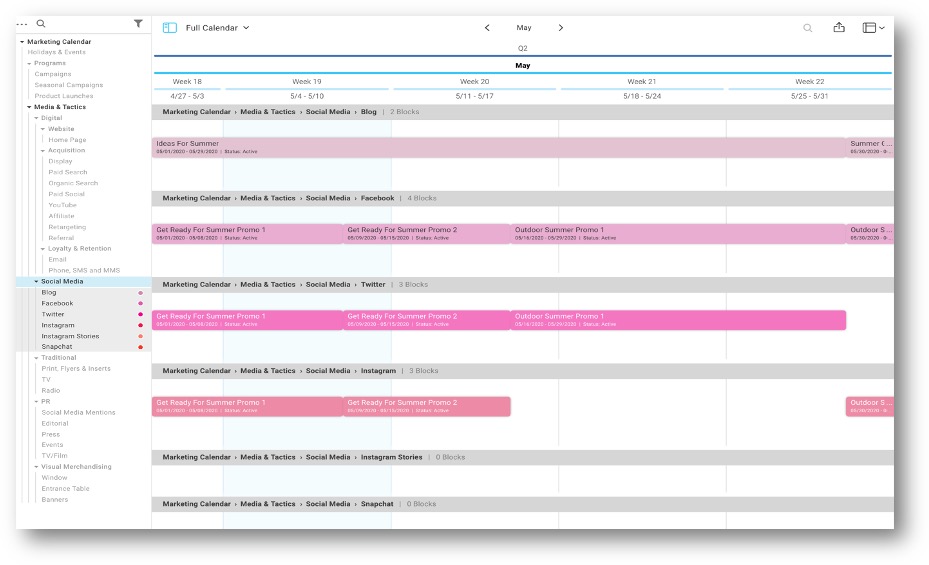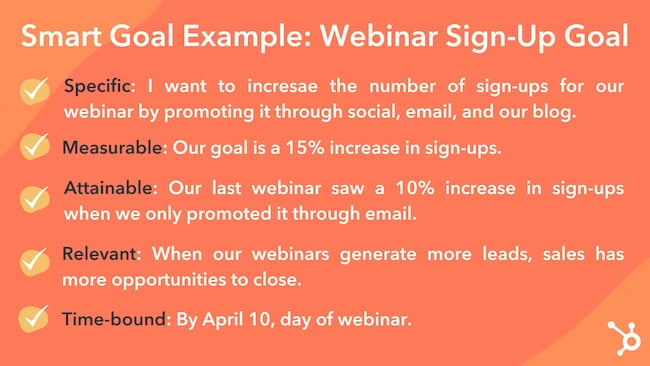
Marketing blueprints should contain unique, substantial ideas. The plan should also provide a means to test these ideas. And, of course, it should have a way to measure your marketing results. Without an action plan that tracks your marketing goals, a marketing strategy is not complete. How do you create a marketing plan? These tips will help you to be a successful marketer. These are just a few ideas:
Content marketing blueprint
A content marketing plan is a way to help your content team focus on a consistent strategy. While new ideas for content may come from within the company, it is important that the new ideas pass a visible and specific litmus test before they make it into the Blueprint. The Blueprint helps to keep your content team on the right track and create engaging content that engages your target audiences. These are the most important things to keep in mind as you create a blueprint of your content strategy.
First, start by establishing your audience. This could include conducting audience research to understand the language and culture of your target audience. Next, choose your channels of interaction. Next, establish your target personas. Once you've established your target audience and tone of voice, you can move your schedule around to catch the news cycle. Automate this process with tools, like HubSpot's social monitoring tool. You can capitalize on trends by monitoring news sources and industry-related topics.
Growth marketing blueprint
There are many ways to improve your business with growth marketing. Growth marketing is about being responsive to customer feedback and trying new things. Growth marketing involves creative problem-solving. Growth marketing teams approach every task with a marketing mindset. They look for ways to get feedback and adjust their marketing plans to increase growth. When your business grows and reaches your goals, you'll be happy you did.

Successful growth marketing strategies understand the power of emotion to inspire user behavior. Emotion takes precedence over logic when it comes to inducing users. Fear is a powerful emotion. It's used to drive customer behavior. This emotion is a powerful tool to retain customers and drive sign-ups, purchase rates, as well as retention. Here's how. A great growth marketing strategy is to use fear to motivate people.
Buyer personas
A key part of the marketing blueprint is developing buyer personas. The information you gather from your sales team, as well as the input of internal team members, can help to develop buyer personas. To validate your assumptions, you can interview actual customers. Once you have defined the persona, you can begin to build your marketing messaging. These are the steps to create buyer personas that will help you market your products and/or service. Learn more about these essential marketing components.
The process of creating buyer personas requires patience, strategy and a curious mind. The process requires you to create a description of your ideal customer. Your buyer personas must be meticulous and methodical. The more details you provide, the better your ability to evaluate variables. MakeMyPersona can be used to create buyer personas. Once you've created your personas, be sure to use them in all of your marketing blueprints.
Plan of action
The marketing project roadmap is a guide for your team to determine what's most important. It will let you know how your projects fit into the company's product range, or how they support specific customer segments. Gantt charts and other visual aids can help you visualize the key activities. It also lists the activities that were completed in each month. A goal-oriented map is especially helpful for creating an annual strategy. It will show the high-level plan and goals, and can include success metrics and color bars to indicate the progress.

It is vital to revisit your roadmap often. For example, when launching a new product or service, you'll want to revisit it regularly. You might find that your product or service has changed and your target audience has grown. The same goes for evaluating campaign results. You will need to check your marketing roadmap to make sure that it aligns with your goals. A well-designed roadmap will help you stay on track and focus throughout the process.
FAQ
Is content marketing expensive?
It depends on the size of your business and what stage you're in. Many small businesses start out without dedicated resources. They realize, however that as they grow, a strong content marketing strategy will improve sales and customer engagement.
Partnering with a content agency or freelance writer will give you access to many tools and expertise. These professionals can help identify problems and opportunities within your organization to guide the development of your content marketing program.
A solid content marketing strategy will allow you to make enough money to cover production costs and still have the flexibility to invest in other areas of your business.
Do content marketing agencies provide the best services?
Many content marketing agencies have years of experience in creating content strategies and delivering them to their clients.
Their expertise can save you time and help you to create a personalized plan that is tailored to your needs.
But don't assume that every agency has the skills you need. Some agencies specialize in niches like eCommerce. Others specialize in certain industries, such as law firms.
Ask them what areas they are skilled in to find the agency that is right for you.
What is content marketing?
Content marketing works when you create value-added, engaging content.
Your audience will be more likely to trust you if you offer useful information, solve their problems, entertain them, or build relationships. Positive messages from brands you trust are very popular.
They enjoy reading interesting things. When you create something that interests them, your readers will return for more.
Your content must inspire people to take action. This could be buying your product, signing-up for your newsletter or visiting your website.
Content marketing should be engaging and informative.
Where should I start with Content Marketing?
Your audience is the first step. Who are they exactly? What are their needs and wants? What are their needs? You can identify who you are writing to and where you should focus your efforts.
Statistics
- According to research compiled by Coschedule: Companies that publish 16+ blog posts a month get as much as 3.5x as much traffic as those that publish 0-4 posts a month. (criteo.com)
- According to our research, 65% of companies with very successful content marketing in 2021 ran content audits at least twice a year. (semrush.com)
- According to the Content Marketing Institute, 70% of B2B marketers and 86% of B2C marketers surveyed use content marketing in some form or other. (criteo.com)
- In fact, would pay more for a better customer experience, and 86% of B2B buyers would pay more. (neilpatel.com)
- This marketing strategy landed Ford a 15.4% conversion rate. (neilpatel.com)
- Forty-seven percent of buyers view 3 to 5 pieces of content before engaging with a sales representative. (mailchimp.com)
- According to our research, brand awareness, attracting traffic, and generating leads remain the key content marketing goals in 2022. (semrush.com)
- We found that 40% of businesses don't have a documented strategy yet. (semrush.com)
External Links
How To
Infographic Design Tips for Content Marketing
Infographics make complex concepts simple and easy to understand. Infographics can be used to communicate your message.
To create an infographic using design software such Adobe Illustrator, Photoshop or other similar programs, you will need Adobe Illustrator. These programs are great for creating infographics. Once your design has been created, you can start uploading images from Unsplash/Pixabay to incorporate into it.
Check out existing infographics online to get some ideas. For example, if you want to show how many calories are in certain foods, you could take a picture of a food pyramid and replace the numbers with pictures of those foods. Another option is to take a picture of a can of Coke and look at how much sugar it contains.
Once you've created your infographic, share it on social media channels like Facebook or Twitter. This will make it easier for people who don't know the concept to get familiar with it. If you decide to post your infographic on social media platforms, include hashtags so others can see what you're talking about. Hashtags enable users to follow along in conversations related to specific topics.
Make your infographics shorter than normal if you are creating them. A blog post may be 2000-5000 words long. An infographic requires only 500-1000 words. This allows you to convey more information in a smaller space.
Remember that not all viewers can read small font sizes when designing an infographic. Your graphics should be large enough in font size and not rely on too much color. Also, ensure all text is legible.
These are just a few additional tips.
-
Use an infographic template. There are many free templates online. Canva, Piktochart and Google Slides are the most used templates.
-
Create your Infographic. Create your infographic using the template. Any media you choose is acceptable for your audience. You might use photos of local restaurants to create an infographic about the best places in Seattle.
-
Add Text. After creating your infographic, add text with Microsoft Word, PowerPoint, and Canva.
-
Add Images. Images can be added to your infographic. These images can be charts, graphs, icons, or pictures. Make sure the picture is relevant to your topic before you add it.
-
Make It Interactive. You can add interactive elements such as buttons, maps, and links. This will help engage your audience.
-
Share. Share your infographic with others on social media such as Facebook, Twitter and LinkedIn.
-
Measure. Do you know how well your infographic performed? Did people click through? Did they sign up for your email list? What was their reaction when you showed them your infographic
-
Improve. Do you have any suggestions for improving your infographics? Is there anything you could do better?
-
Repeat. Do this again!